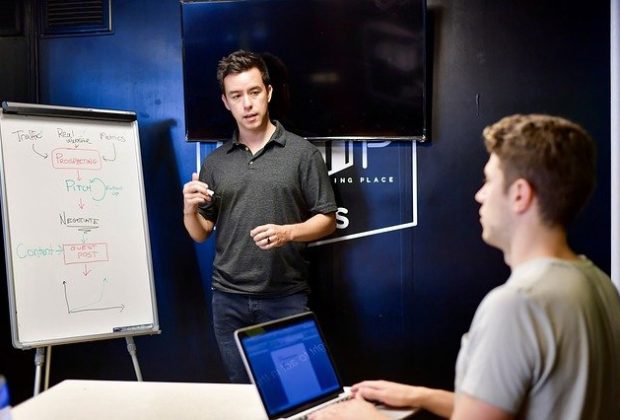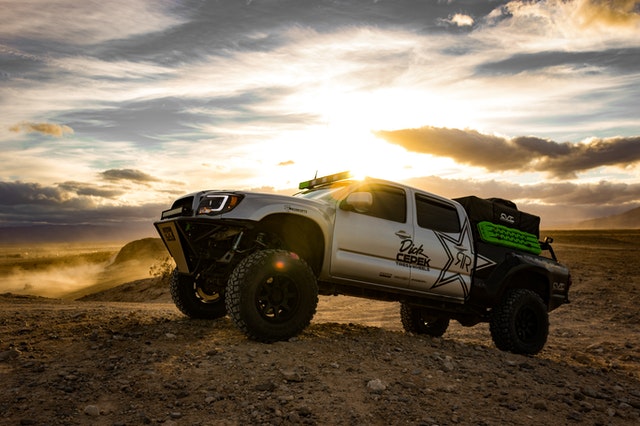Generally, influencer marketing is when a brand teams up with an influencer to market their products and services on social media platforms such as Facebook, Instagram, Twitter and YouTube.
Before we proceed, when we are speaking of influencers, we’re not talking about the elite public figures – don’t confuse this with a celebrity endorsement. These are real individuals who enjoy a great social media following and have a real influence over your target audience.
Thus, rather than pumping a pretty penny into large and sometimes non-targeted promotional campaigns, digital marketers now prefer financing individuals who enjoy some kind of power within the world they’d like to enter into and making them talk about their goods and services to their fans. In return, businesses acquire spot-on clients who are prepared to accept their brand and products, and these are customers who are also happy to tell others how they enjoy using your products and services. As an example, let’s take the online gambling industry.
Online gambling is one of the biggest industries that are using influencers to advertise their gaming services. Take an example of a game such as the Blazing 777 slot: a casino could decide to use a known casino gamer to give the slot a couple of spins so that players can see how fun the game is to play. So, whether it’s the release of new slots online or the rollout of a new sportsbook product, influencers can show prospective players that they can enjoy a fun and memorable experience playing the game or betting on the site.
How Influencer Marketing Works

If it’s your first time working with an influencer, there are several vital elements that you must first understand. Even the slightest of details must be dead right. But how does influencer marketing work? Here’s a highlight of how you can conduct a fruitful influencer marketing campaign:
First Step: Identify Targets and Target-Group
The first step even before you mull over the influencers you should cooperate with is identifying the audience you’d like to get to. Who are they? Where are they? Why must you target them? You must establish clear-cut goals and KPIs so that you can gauge your campaign. And as soon as you launch your campaign, what kind of actions would you like to see your audience take, and how will you gauge the outcomes of their actions?
Second Step: Find Influencers
After identifying the goals and target audience, the next step is finding the appropriate influencer. Who will get your message out there as it should be? Are you going for one or two top influencers or several micro-influencers? Remember the number of followers that the influencer has isn't the most important aspect for a campaign to be successful. It’s their engagement that counts. For a greater reach, it could be best to join forces with several micro-influencers in the campaign, which all together reach out to a larger audience.
What’s more, you’ve got to think about how well the influencer suits your objectives. Is the influencer capable of making conversions, or is it the kind of influencer who primarily boosts your brand recognition? Different influencers have various skills, and that will distinguish your campaign.
Third Step: Make Contact With Influencer
Once you have an idea of the kind of influencers who match your targets and target audience, it’s now the time to prepare a brief giving in-depth detail about the campaign. After that, get in touch with the influencer and start the partnership. Just in case you’re doing this by yourself, it’s essential that you abide by their time or discuss a middle ground. Focus on the long game and create room for the unexpected events that might come about in their life. That is before, during and after the campaign. To ensure your brand name is not only credible but also relevant to those following the influencer, make sure the influencer has got the appropriate requirements for the campaign.
Finally: Publishing and Assessment
Often, the greater part of actions, engagements and clicks on a post occurs during the first days of publishing. However, it will take time to realize the actual effect that influencer marketing brings as a whole. You could, for instance, wait for two to three weeks after the post was published before you start analyzing the outcomes. Take a look at the number of interactions and clicks the post got and analyze the conversion rate. For easier accountability of the numbers, using tracking links along with analysis tools is an effective way of obtaining data from the campaign.
Does Influencer Marketing Work?
Yes indeed, and it does so pretty well as long as you do it right. According to the State of Influencer Marketing Study carried out in 2018, more than 60% of marketers were increasing their influencer marketing campaign. This means that businesses are continuing to accept the importance of using influencers on advertising their products because of the perspective it offers customers about a product or service.
Potential buyers and present customers will only rely on real, relatable consumers of your products compared to an advert that’s always airing on TV or hanging on billboards. Besides, a good influencer will have true fans who count on them as a friend and take their opinions into account irrespective of the field they are in. Why don’t you give influencer marketing a try and see how things will go for you?



